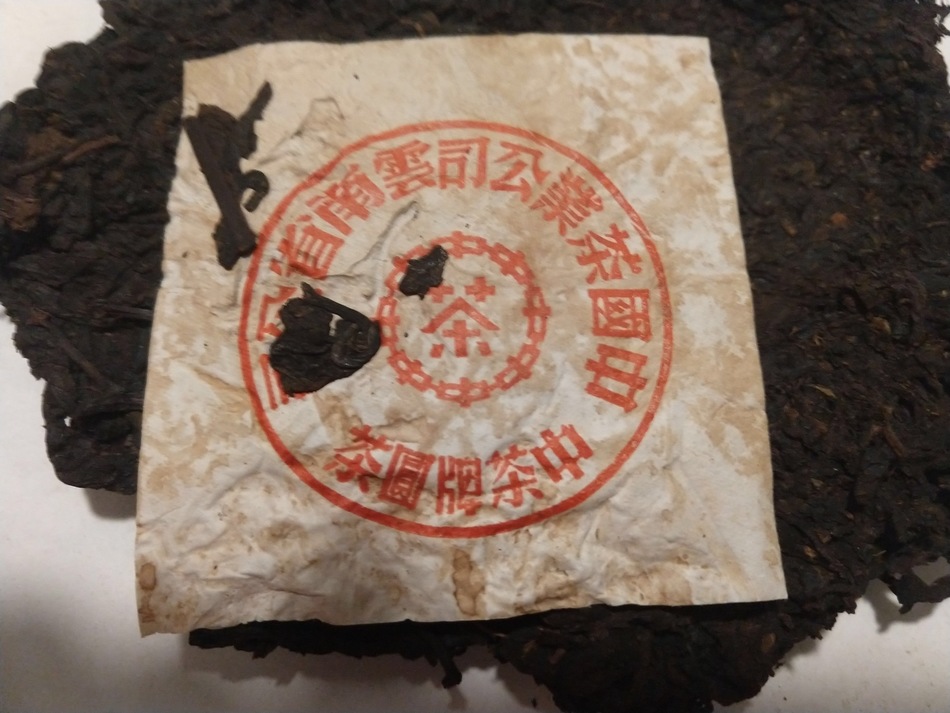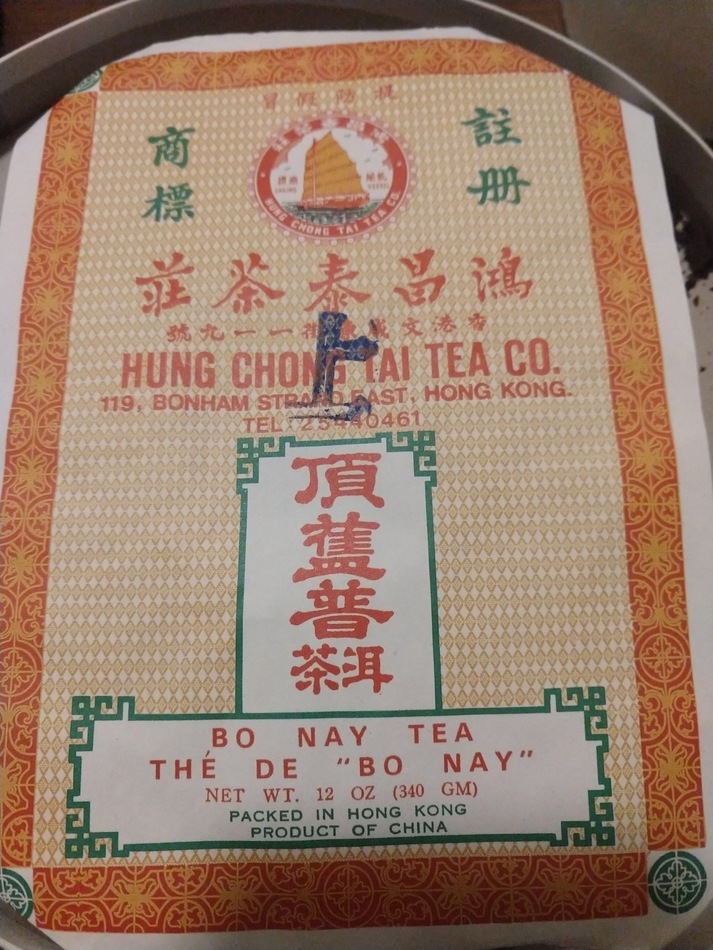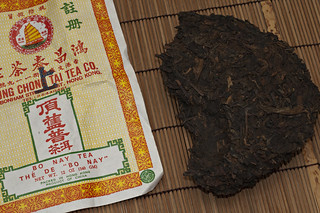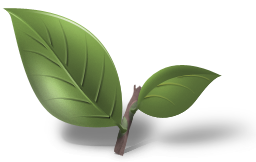I love this topic, reads like a detective story threading it’s way through Chinatown shops. Apologies for replying so late
@debunix it’s been a busy last few days. I’m sure a comparison will be very interesting since the cake you have has aged so gracefully, and I’m so glad you shared it with us at our last tasting. I think in some ways it may be my favorite pu’erh of all time (so far). It had notes of menthol, camphor, was sweet but bookish, herbal and warming to body, with lots of chi. Into the next day after our tasting, it was still going strong with expansive camphor herbal medicinal notes. I continued to steep it for six days, pushing the daylong steeps using an iWarmer. Menthol, camphor, herbal notes still came through until the sixth day steeping.
I asked a few members privately if they had come across this pu’erh and knew what it was, sharing your photos with them, and that it may have been purchased sometime between 1988-1993 in HK and then stored in Livermore CA. Here are a few replies from Emmett and Phyllsheng being shared with permission;
@Emmett said that he has a cake that he found in a grocery store in Chinatown Chicago years ago, most likely around 2010 or so. That it was just wrapped in plastic with no wrapper, just the big ticket, no date but he shared images the neipao and neifei with it (see below). He said his cake is shu as far as he could tell, or had super humid storage early on, and is “quite decent tea”.
Emmett’s cake

- EBDA63B7-470D-4BB5-9FC1-14ED2B83C43C.jpeg (170.41 KiB) Viewed 12558 times

- 238894FF-60EB-47C5-8F5D-8DE0A8261F44.jpeg (231.01 KiB) Viewed 12558 times
Continuing the conversation with Phyllsheng:
@phyllsheng: Interesting. The one from Debunix looks like a sheng-shu blend (the sheng part being humid stored). Hard to see Emmett’s cake clearly... it looks like a shupu (could be due to lighting, tho).
VC: I commented ours tasted like it had humid storage early on, but then was stored for a few decades in Livermore Ca in a cabinet, so dryer conditions. It could be a combo of sheng and shu like PhyllSheng mentioned. Definitely good quality material that aged well under interesting conditions -forgotten at the back of a cabinet for so long. Yeah to procrastination and forgetting

I wondered if it’s possible that it was more common for higher quality cakes to be available in Chinatown shops in USA in late 80s early 90s? Makes sense to me since pu’erh use to be so much more affordable no?
Phyllsheng: In HK, yes definitely during that period. Pu’er was processed to be pu’er — both sheng and shu. Of course, fakes existed also back then, though not as widespread and as sophisticated as today. But not in US Chinatown, though. Well, at least not in LA. I moved to LA in 1994. Not a single pu’er anywhere in LA Chinatown & Monterey Park tea shops and supermarkets back then. Pu’er started to appear in LA Chinatowns around mid-2000’s after it became a sensation in mainland China (and a years-long price bubble).
VC: So interesting. So during and after the 1970s, when shu was popularized/commercialized, it continued to be just pu’erh but mixed together mostly? I could have been more specific re Chinese shops -to those in San Francisco since that is closer to Livermore where Debunix’s father was working. With the Chinese coming in 1850s gold rush, 1860s to build the transcontinental railroad, San Francisco has a older Chinese community than LA.
Phyllsheng: Not usually mixed together. Sheng-shu blend was and is still a small minority compared to sheng only and shu only pu’er. My observation on Debunix's being a sheng-shu blend is based largely on the wet leaves pic found in her Flickr account. The dry cake's appearance is also helpful, but far less certain. Wet leaves tell much, much more.
Pushing the steep with iWarmer

- 33F50ABB-CFA6-4954-82C2-A4D980E73E27.jpeg (230.52 KiB) Viewed 12558 times





